A Systematic Review and Networked Meta-Analysis of different Surgical Approaches for Pancreaticoduodenectomy (PD)
ABSTRACT NUMBER: NESS_4
AUTHORS
Sivesh K Kamarajah, BMedSci MBChB,1, 2 James R Bundred, BMedSci,3 Olivier Saint Marc, MD,4 Long R Jiao, MD FRCS,5 Moh’d Abu Hilal, MD, PhD, FRCS, FACS,6 Derek M Manas, MD FRCS,1 Steven A White, MD, FRCPS FRCS1,2
AFFILIATIONS
1. Department of HPB and Transplant Surgery, The Freeman Hospital, Newcastle upon Tyne, Tyne and Wear, United Kingdom
2. Institute of Cellular Medicine, University of Newcastle, Newcastle upon Tyne, Tyne and Wear, United Kingdom
3. College of Medical and Dental Sciences, University of Birmingham, Birmingham, United Kingdom
4. Department of Surgery, Centre Hospitalier Régional Orleans, Orleans, France
5. Department of Surgery and Cancer, HPB Surgical Unit, Imperial College, Hammersmith Hospital Campus, London, United Kingdom
6. Department of Surgery, Southampton University Hospital NHS Foundation Trust, Southampton, United Kingdom
CORRESPONDING AUTHOR CONTACT EMAIL
Dr Kathir Kamarajah, BMedSci MBChB
Department of Hepatobiliary, Pancreatic and Transplant Surgery,
Department of Surgery,
Freeman Hospital, Newcastle upon Tyne, Tyne and Wear, UK
Email: moc.liamg@39kkhsevis
MAIN ABSTRACT TEXT
Introduction
Minimally invasive pancreaticoduodenectomy (MIPD) is a demanding surgical procedure, thus explaining its slow expansion and limited popularity amongst Hepato-Pancreatico-Biliary (HPB) surgeons in the UK. However, three main advantages of robotic assisted pancreaticoduodenectomy (PD) including improved dexterity, 3D vision less surgical fatigue, may overcome these technical hurdle and ultimately lead to a wider adoption. This systematic review and network meta-analysis aims to evaluate the current literature on open and MIPD.
Methods
A systematic literature search was conducted for studies reporting robotic, open and laparoscopic surgery for PD. Network meta-analysis of intraoperative (operating time, blood loss, transfusion rate), postoperative (overall and major complications, pancreatic fistula, delayed gastric emptying, length of hospital stay) and oncological outcomes (R0 resection, lymphadenectomy) were performed.
Results
Sixty-one studies including 62,529 patients were included in the network meta-analysis, of which 3% (n=2131) were totally robotic (TR) and 10% (n=6514) were totally laparoscopic (TL). There were no significant differences between surgical techniques for major complications, overall and grade B/C fistula, biliary leak, mortality and R0 resections. Transfusion rates were significantly lower in TR compared to TL and open. TR operative time was longer compared with open and TL. Both TL and TR were associated with significantly lower rates of wound infections, pulmonary complications, shorter length of stay and higher lymph nodes examined when compared to open. TR was associated with significantly lower conversion rates than TL.
Conclusion
These results are encouraging given the recent introduction of MIPD, particularly for robotic PD but further studies need to be performed in order to assess any improvement in patient survival rates, cost-effectiveness and performance by surgeons who otherwise would not have considered minimally invasive pancreaticoduodenectomy.
